The costs of owning a website are complex, and a lot of people are surprised by the number of hidden costs. Let’s break it down:
1) Hosting: this can be either a monthly or annual fee.
2) Regular maintenance, security, and updates: A service provided by your ITA member to help stop your site failing, glitching or getting hacked.
3) Routine backend maintenance of your site.
4) Keeping your website updated and fresh: This includes adding fresh content and articles, for example updating photos and keeping product details updated.
5) Small change requests: Whilst many web development companies might build you a site, they may not be equipped or even well suited to handling small change requests. Finding someone who handles IT tickets all the time every day means that you can just email your request and it will be done.
6) Knowing who is visiting your website. This is crucial to the success of your website. You must analyse who is visiting and how you can improve your organic reach. You can get reports for as little as $5 a month, or more detailed custom report which help to understand who is visiting your website.
7) Marketing your website: In other words, actually getting visitors to your website
- Marketing can be as simple as having standard SEO added during the website build and then updated as things change.
- Having your website on your business card and email signature.
- More advanced options include: Advanced SEO (Search Engine Optimisation)
- Ad campaigns.
- Remarketing goggle ads set up.
This list helps to give you a more realistic distinction around “website costs” . While the costs are not huge, some customers are surprised because they assume that after they have built the site there are no more costs.
More on website Hosting:
Once your website is developed you may find that there are so many web hosting options, that it feels slightly overwhelming.
Before you go with the one with the cute adverts, or the cheapest ones, here are a few crucial things to consider:
- Having a strong and reliable web host is important for an effective website.
- The right web hosting should be considered the foundation of your website.
- The wrong web hosting can cause loss of sales and security nightmares.
What you need to know about Web Hosting?
- A web host provider is a company that will host those files for you on their servers.
- Going with a reliable web host ensures your website is web-accessible 24/7.
- Web hosting providers guarantee server maintenance by making sure that all the software and equipment is always updated and tested for functionality.
- The right web hosting keeps your website up and running with limited issues.
Ultra IT will ensure that the hosting they provide for you is high functioning and gives you good value. With the myriad of options that are available, this saves you valuable time and money.
In Summary:
Knowing some of the costs of owning a website at the outset helps with budgeting for success with your website.
The advantages of having a good quality web host are many. It really does help with the success of your website in the long run, as well as stand you in good stead with your website security. For more information or help, feel free to contact us here for a friendly chat.





